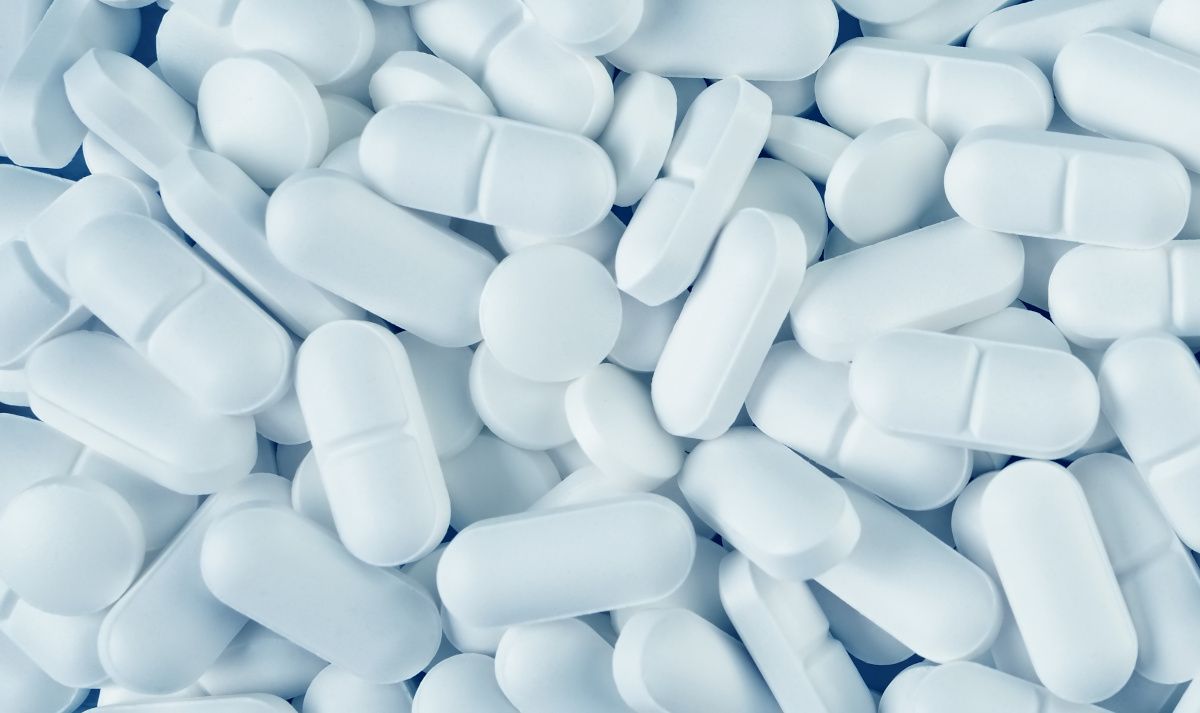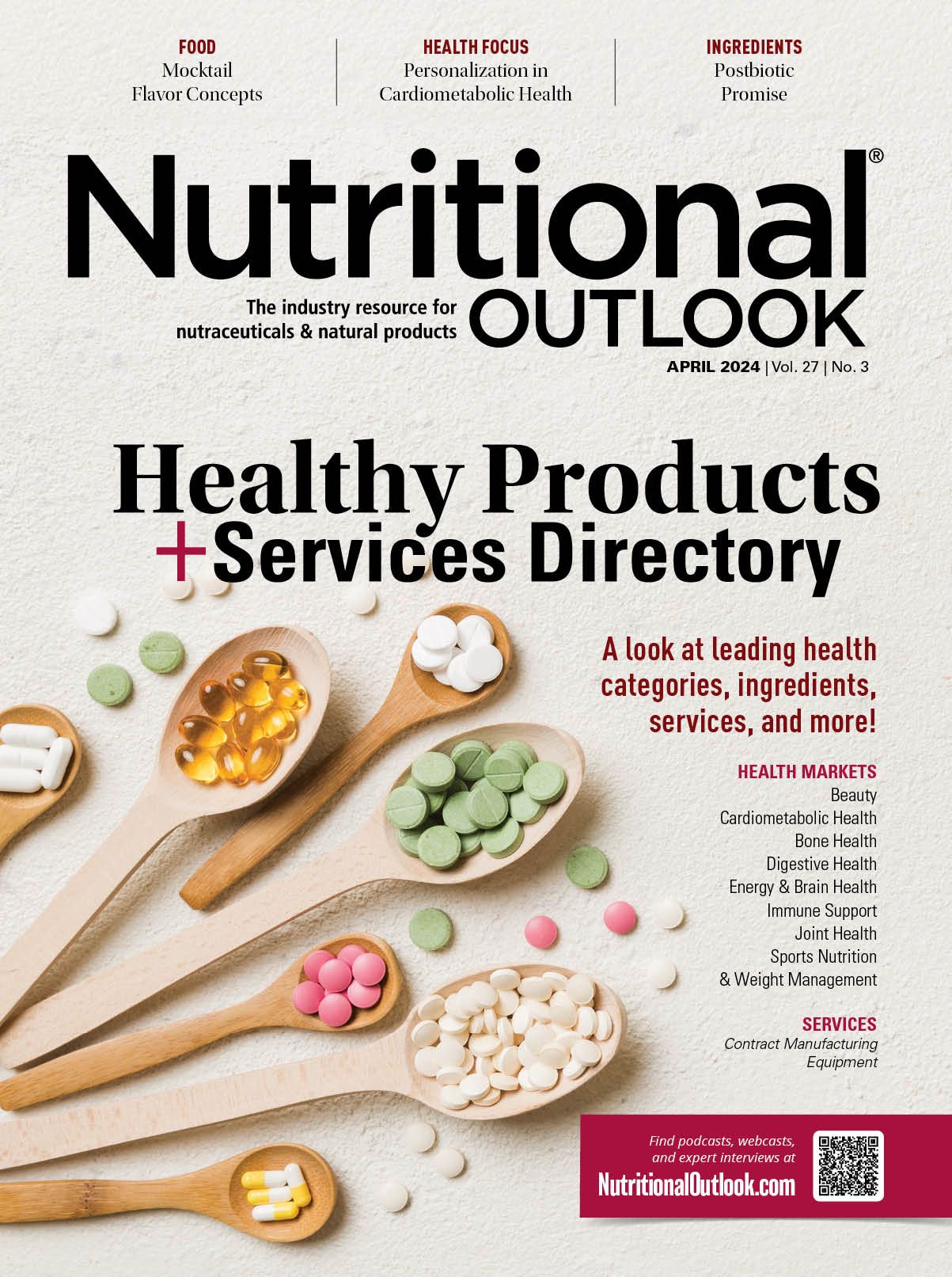Tablet manufacturing equipment is evolving
Emerging innovations in tablet tech.
Photo © AdobeStock.com/candy1812

Tablet manufacturing equipment has undergone an evolution in recent years, with business efficiency demands driving changes in not only tablet technology, but also working practices around tablet presses. Modern tablet presses are making tablet manufacturing faster and simpler than before, while also helping companies achieve higher tablet yields in less time. While nutraceutical formulations can introduce challenges for tablet presses, emerging technological solutions are enabling tablet production that better preserves ingredients’ nutritional value. Here are some of the ways that tablet production technology is keeping tablets competitive with other dosage formats.
Tablet Press Efficiency Comes Into Focus
Perhaps the most significant change in tablet presses is a renewed demand for efficiency. Fred Murray, CEO of Korsch America (South Easton, MA), says that in years past, one might see a tablet manufacturer only running half of their presses at a time. Now, though, tablet manufacturers are continuously running all of their available presses.
“There’s often a need to run a lot of SKUs on the same machine, which is why changeover time matters,” Murray notes. “The most advanced presses now have what we call exchangeable turrets. The turrets come in and out of the machine, so instead of having to take out the turret and clean the punches individually, the entire assembly comes out as a module and then the next one goes in.”
Murray says many Korsch customers are purchasing fast-change parts that enable continuous manufacturing. While years ago, it could take up to 12 hours to change over a machine from one product to the next, the advent of removable turrets has shortened that downtime to just 4 hours.
Another major efficiency development is the introduction of product recipe capabilities. Modern tablet presses can be set up to make a particular product and then have the machine setup saved in a recipe file for future use.
“In the absence of that, the operator would blow 15 kilograms of material trying to dial in the next product,” Murray explains. “Whereas now, you can press a button on the screen and the machine loads itself. That’s a saver of start-up scrap that goes to yields.”
Robust Presses Can Withstand Nutra Demands
Murray says that batch-to-batch variability with sourced materials can be a challenge for machine operators. In the nutraceutical world, he explains, it can be challenging to get a product that’s both free-flowing and easy to compress. This formulation challenge equates to more wear and tear on the press.
“Many ingredients can be abrasive or require very high forces to compact, which can be tough on the press tooling,” says Murray. “If you’re going to run nutra, you need a robust press. We use composite cams instead of metal cams so we can introduce less lubrication and less heat.”
Multi-layer Tablets Introduce Complexity
Modern presses can create multi-layer tablets that consist of multiple ingredients; however, running this kind of a tablet on a press requires a particular setup and a great deal of vigilance on the part of the operator. Murray explains that one must be mindful of cross-contamination; different layers cannot float into each other on the press, which requires more care in terms of setup and monitoring.
“The other challenge in multi-layer is that you’re always pulling the layer down into the die, which creates a suction force,” Murray says. “Then you go through a tamping station that pushes the first layer down; when the die passes through the second-layer feeder, the ingredient has to fall in instead of being tamped in, which can be a challenge with ingredients that have poor flow.”
Another issue with multi-layer tablets is measurement. Both layers of the tablet must be sampled and measured periodically to ensure consistency. Murray says Korsch tries to make it easy to sample the first layer, but the process is more complicated by nature because two control loops are operating at the same time, and both require the manufacturer to periodically sample the tablet.
“You have to be very sure that your dust extraction and feeder seals are set up to ensure there’s no cross-contamination,” Murray notes. “Those are all challenges that aren’t present in a single-layer tablet.”
Tablet Production Technology Set to Evolve
Murray says Korsch is seeing a continued and unrelenting emphasis on efficiency. Supplement manufacturers are continuously trying to achieve 100% capacity out of their equipment, which is leading Korsch to do more work in the continuous manufacturing space. While continuous production has several hurdles to overcome, such as process validation and cost, manufacturers nonetheless see 100% uptime as a worthy goal. As tablet presses continue to evolve, expect this drive toward efficiency to become more intense.
Mike Straus is a freelance writer living in Kelowna, Canada. He writes for trade publications like Hoist, Canadian Chiropractor, Grow Opportunity, and Massage Therapy Canada.
Updated on April 22, 2024 at 1:39PM

Kaneka Nutrients to unveil new consumer research on menopausal women at Vitafoods Europe 2024
April 26th 2024The company will reveal the results of the research that is based on live feedback from 200 menopausal women who took 200 mg per day of Kaneka Ubiquinol over two-months, monitored the effects, and recorded their observations.
Rousselot to showcase new collagen peptide research and targeted solutions at Vitafoods Europe 2024
April 25th 2024The company will be highlighting new research that demonstrates the ability of its Peptan collagen peptide brand to support sleep quality, reduce gastrointestinal discomfort, and enhance skin health, including density, hydration, and elasticity.